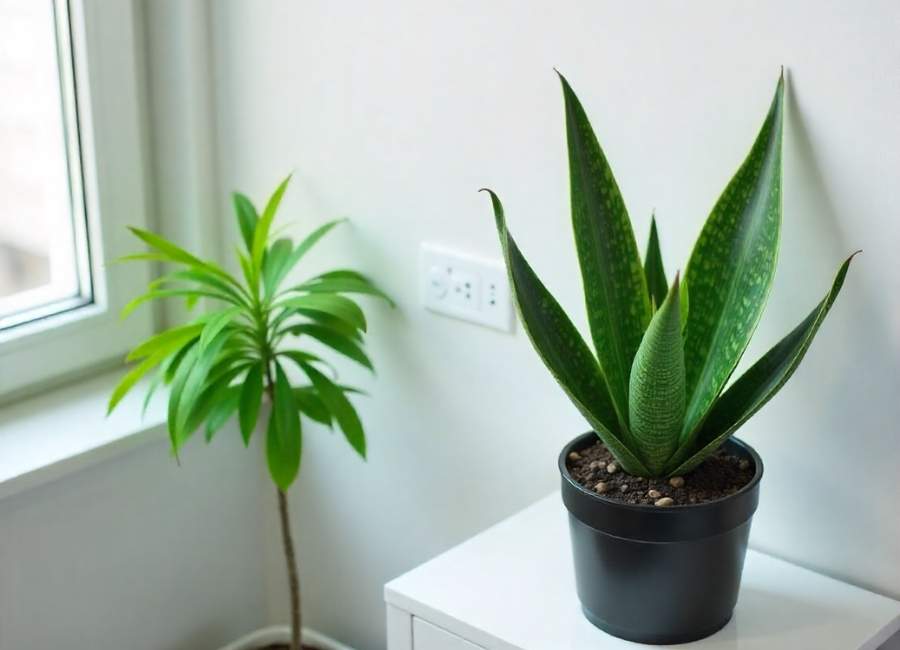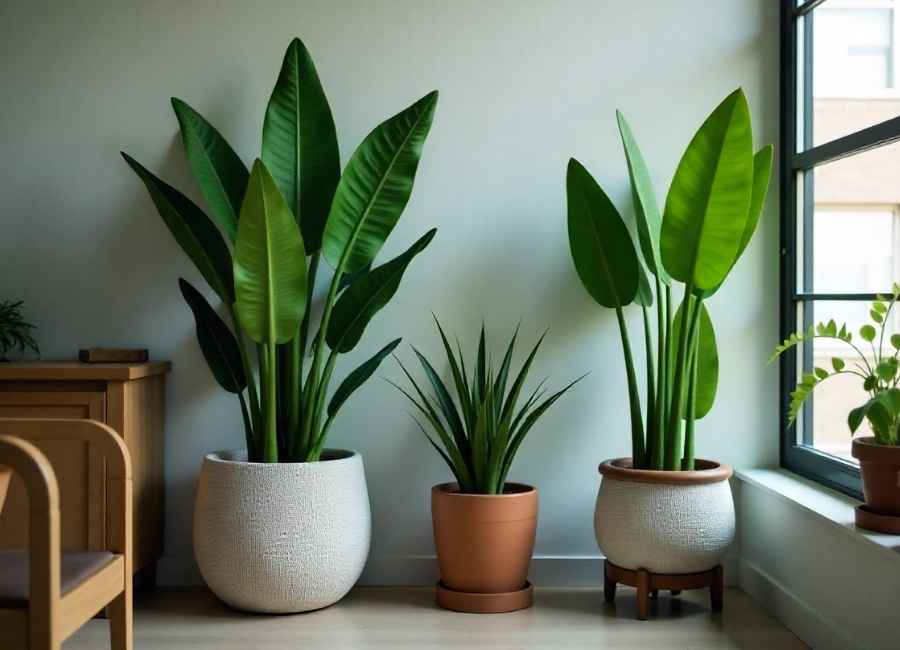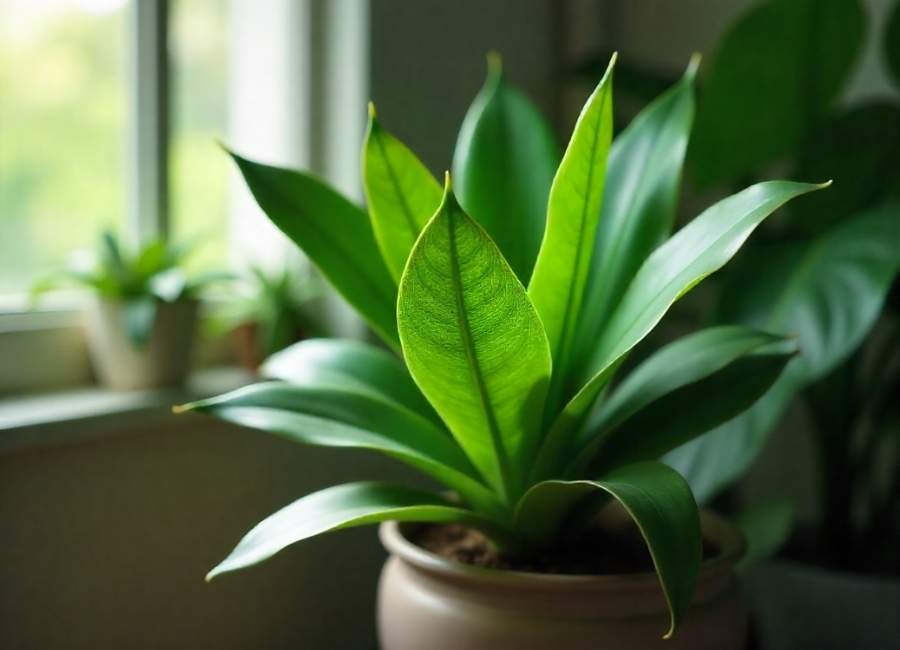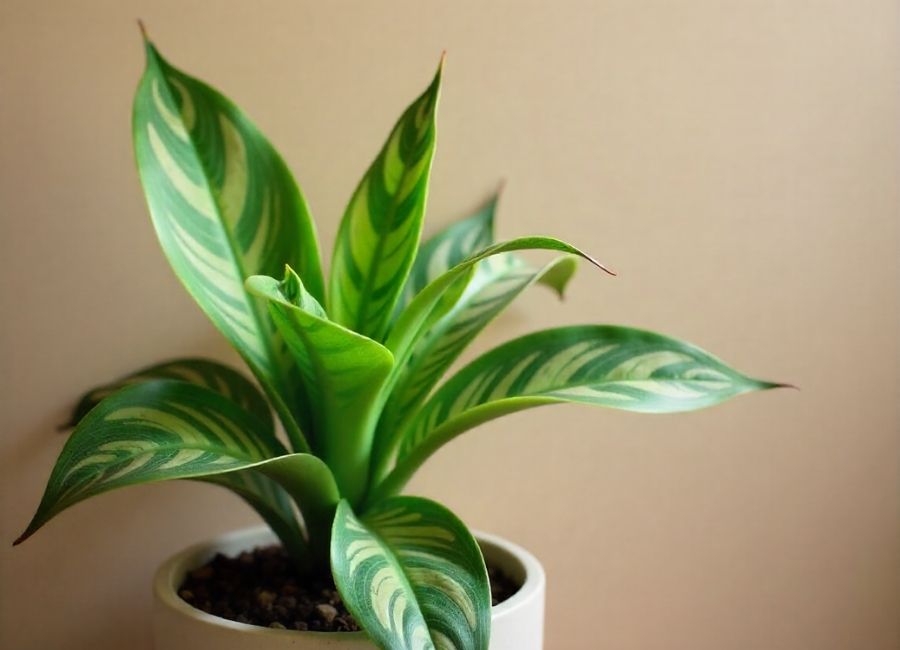Snake plants (also known as Sansevieria or Dracaena trifasciata) are an incredibly popular houseplant choice, and it’s easy to see why. Their dramatic, sword-like leaves, tolerance for low light, and low-maintenance personality make them a favorite for both beginner and experienced plant parents. If you’re lucky enough to own a big snake plant, you’ve got a showstopper in your space.
But caring for a large snake plant comes with its own set of challenges and opportunities. This guide will teach you everything you need to know about keeping your big snake plant healthy and thriving—from proper watering techniques to troubleshooting leaf issues.
A Closer Look at the Snake Plant

Standing tall with striking foliage, the snake plant is more than just a pretty face. Native to West Africa, this hardy plant is known for its ability to survive in challenging conditions. Snake plants are often referred to as “nature’s air purifiers” because they can filter harmful toxins like formaldehyde and benzene from the air, making them an excellent addition to your home or office.
But what makes a big snake plant stand out? Size doesn’t just impact its aesthetic appeal; it also means larger care needs. Bigger plants require more attention when it comes to potting, watering, and sunlight exposure—but the rewards are well worth the effort.
Why a Big Snake Plant Is Worth the Space
Before we dig into care tips, it’s worth asking: why should you opt for a big snake plant instead of smaller ones?
- Air Quality Booster: Larger snake plants have more surface area to filter the air, meaning they clean your space more effectively.
- Statement Piece: Their commanding height makes them instant focal points in any room.
- Low Maintenance for Their Size: Despite their impressive size, big snake plants are still easy to care for compared to other large houseplants.
Now that you know their benefits, let’s explore how to take care of your tall green friend.
Snake Plant Care Tips

1. Find the Perfect Spot
Big snake plants thrive in a variety of light conditions, but their size makes placement a bit trickier. Ideally, you’ll want to locate a space that offers indirect light but accommodates the plant’s height.
Best lighting options:
- Bright, Indirect Light: Near an east or west-facing window is ideal for growth.
- Low Light: Although snake plants can survive in low light, prolonged periods of it may stunt their growth and cause the leaves to lose vibrancy.
Pro Tip:
Rotate your large snake plant occasionally. This ensures that all sides of the plant get some light and the growth remains balanced, preventing your plant from leaning or becoming lopsided.
2. Master the Art of Watering
Snake plants are highly drought-tolerant, thanks to their thick, waxy leaves that store water. However, overwatering is one of the most common mistakes that plant parents make.
Watering Guidelines:
- Water only when the top 2-3 inches of soil have completely dried out.
- Reduce watering frequency during the winter months when the plant’s growth slows.
- Always use a pot with drainage holes to prevent water from pooling at the bottom and causing root rot.
Signs of Overwatering:
- Yellow or mushy leaves
- Foul smell from the soil
Remember, it’s better to underwater than overwater a snake plant!

3. Maintain the Right Temperature and Humidity
Snake plants love warm, dry environments, mimicking their natural habitat.
- Temperature: Keep your snake plant in a range of 60-85°F. Avoid exposing it to drafts or sudden temperature drops, especially near air conditioning or heating vents.
- Humidity: They do well in average indoor humidity levels, so there’s no need for additional misting or humidifiers.
4. Choose the Best Soil for Growth
A big snake plant needs well-draining soil to keep its roots healthy.
- Opt for a cactus or succulent mix, as these soils are designed for excellent drainage.
- Avoid regular potting soil, which can retain too much water.
Pro Tip:
Add some sand or perlite to the soil mix for even better drainage.
5. Potting and Repotting a Large Snake Plant
A big snake plant needs a sturdy pot to support its size. Consider terracotta pots, as they are heavy and reduce the risk of your plant toppling over.
Repotting Tips:
- Repot only every 2-3 years or when growth begins to slow down.
- When repotting, choose a pot just 1-2 inches larger in diameter than the old one.
Warning Sign for Immediate Repotting:
If the roots begin to crack or push through the pot, it’s time for an upgrade!
6. Feed It the Right Way
While snake plants are not heavy feeders, occasional fertilizing can promote healthy growth.
- Use a balanced houseplant fertilizer (10-10-10) during the spring and summer months.
- Avoid over-fertilizing, as this can lead to salt buildup in the soil and damage the roots.
7. Watch for Common Issues
Even though snake plants are low maintenance, big plants can sometimes encounter specific problems. Here are a few and how to solve them:
- Brown Tips:
Likely caused by inconsistent watering or low humidity. Trim the tips and adjust your watering habits.
- Wrinkled Leaves:
A sign of underwatering. Give your plant a thorough drink.
- Pests:
While rare, snake plants can attract mealybugs or spider mites. Wipe the leaves with a damp cloth regularly and use insecticidal soap if needed.
Styling Tips for Big Snake Plants

Your large snake plant doesn’t just need care; it also deserves to be shown off! Here are a few styling ideas:
- Place it next to a reading chair to create a cozy corner.
- Use a decorative pot to enhance its statement-piece nature.
- Pair it with smaller plants to create a layered, green oasis.
Bring Life to Your Space with a Big Snake Plant
Whether you’re showcasing a mature snake plant or starting to grow one into its potential, these tips will keep your green giant healthy and beautiful. With minimal effort, this hardy plant will look stunning in your home while purifying your air.
Want to learn more about houseplant care or expand your collection? Keep reading our plant care blogs for expert tips and tricks that will keep your indoor garden thriving!











